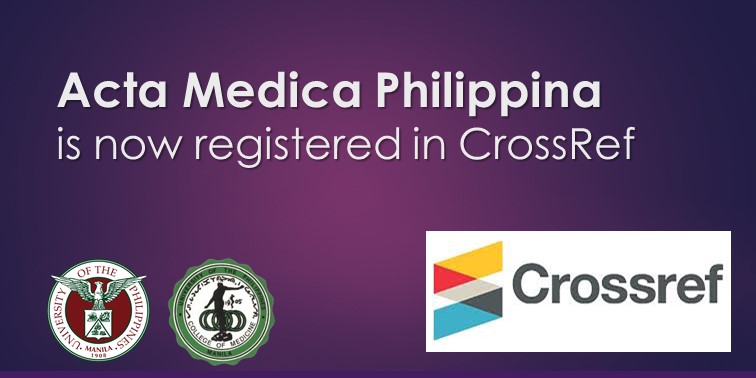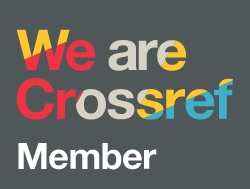Economic Evaluation of the WHO Elimination Strategy for Hepatitis B for the Philippines
DOI:
https://doi.org/10.47895/amp.v59i14.9571Keywords:
Hepatitis B, cost-effectiveness, Philippines, burden of diseaseAbstract
Background. The World Health Organization (WHO) estimates that in 2015, approximately 325 million or 4.4% of the global population were living with chronic hepatitis B or hepatitis C infection. In the same year, around 1.34 million died from this disease.
Objectives. This study aimed to estimate the burden of hepatitis B in the Philippines and to determine the costeffectiveness of possible interventions.
Methods. This study utilized the Center for Disease Analysis Foundation’s (CDAF’s) mathematical disease burden model of hepatitis B. Model inputs were collected using literature review, key informant interviews, expert panel interviews, and records review, and were validated through a series of round table discussions with experts.
Results. Results show that in 2017, the prevalence of chronic hepatitis B infection in the Philippines was 9.7%, equivalent to 10 million infected individuals. Although the model projects a decreasing trend in chronic hepatitis B virus (HBV) infections, liver-related mortality and morbidity due to these viruses are expected to rise if the status quo is maintained. Results show that substantial increase in government subsidy for WHO elimination scenarios would be required to achieve cost-effective outcomes.
Conclusion. Hepatitis B remains a huge problem in the Philippines. The HBV modelling exercise reveal that it will be worthwhile and cost-effective to adhere to the WHO elimination targets. A substantial financial investment will be necessary to do so, specifically a significant scale up in the screening, diagnosis, treatment, and monitoring of patients with HBV. While this modelling exercise does not yield burden of disease as accurate as a prevalence survey, experts consulted in the round table discussions agreed with the modelling inputs.
Downloads
Published
Issue
Section
License
Copyright (c) 2025 Acta Medica Philippina

This work is licensed under a Creative Commons Attribution-NonCommercial-NoDerivatives 4.0 International License.




.jpg)



